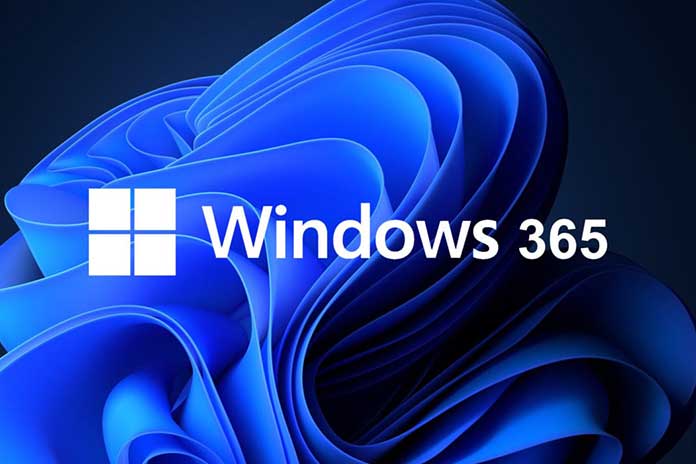Windows 365 is set up quickly, and users can work with the system. Various means are available if something does not work on the cloud PC, which we will discuss in this article.
When an iCloud PC no longer works properly, or programs on the Windows system are affected, there are various ways of solving the problem. First, it should be checked whether the issues can be solved in the local installation of the cloud PC.
Table of Contents
Uninstall Problem Applications
This applies to Windows 10 and Windows 11. However, under no circumstances should programs and tools included with Windows 365 be uninstalled here, especially not the extensions labeled “Remote Desktop Services….”. However, the pre-installed Office 365 can be removed from Windows 365 without problems.
Restart Windows 365: Reboot Is Always Good
The start page of Windows 365 is available via the URL https://windows365.microsoft.com . For each cloud PC booked, gear can be seen here, which can be used to make various adjustments. If there are problems in Windows 365 and multiple adjustments cannot be created, or updates installed, the following way is to restart the cloud PC. By default, Windows 365 is always on, so you can connect.
The virtual operating system is shut down and restarted via the gear symbol and the selection of “Restart.” The restart only takes a few seconds, but it will take some time for all services to restart on the cloud PC. After doing that, any issues that require a reboot should be resolved.
Fix Connection Problems
Once in a while, there are association issues with Windows 365. If the nearby PC does not bring these about, like organization or firewall issues, these can be followed back to the virtual organization on the Windows 365 PC.
Here is the most straightforward way for the individual cloud PC through the stuff symbol to choose the “Investigating” choice. The cycle requires a couple of moments, erases no information, and at the same time, guarantees that association issues are not brought about by Windows 365.
Mallet Method: Reset Cloud PC
If Windows 365 has stopped working correctly, resetting will fix the problem in almost all cases. However, all data, settings, and programs on the cloud PC will be lost. After setup, users must reinstall all programs, reset all settings and copy all data to the PC again. In addition, the process can easily take well over an hour.
The reset starts by selecting “Reset” from the gear icon of Cloud PCs. The service reinstalls the operating system on the cloud PC during the process. The process can be performed with Windows 10 and Windows 11. Before the actual reset, a message appears that the user must confirm which data the system will delete after starting the process. After the successful deletion, a message appears that the cloud PC has been reset, and the user can log on to his system again. All settings must then be made again.
Use RDP Client And Windows 365
The best way to connect to Windows 365 is to use the RDP client for Windows and macOS. The client is downloaded from the Windows 365 website or the Apple App Store. After installing the client, the connection is established via the subscriber URL. This is also available on the website for the clients to download. After storing the URL for the RDP feed in the RDP client of Windows or macOS, a direct connection to the cloud PC can be established.
The advantage of using RDP compared to the HTML5 client in the web browser is the smoother display and the connection of the printer driver. Here the HTML5 client from the web browser is restricted. After the connection has been established from macOS and Windows 10/11 to the Windows 365 client, the computers’ local drives are also available in the cloud when using the RDP clients. In the case of the macOS RDP client, the folders tab can redirect local folders on the Mac to the client.
As a result, Mac users can also transfer data quickly and easily in Windows 365 using Windows Explorer. When using Windows as a client, the computer’s local drives are also available in Windows 365 anyway. Users can also use the clipboard for data exchange when using Windows 10/11 as a client to access Windows 365.
Windows 365 Enterprise And Endpoint Managers
Deploying Windows 365 Enterprise is done differently than deploying Windows 365 Business. With the Enterprise Edition, companies still need a subscription to Microsoft Azure AD P1 and access to Microsoft Endpoint Manager. A provisioning policy must be created for each Windows 365 PC via “Devices.”
Once assigned users log into Windows 365, a cloud PC is made based on the provisioning policy. The pool of Windows 365 PCs is networked with each other and can also be assigned to data in the local data center. For this to work, the local networks must be connected to Windows 365 via Azure VPNs in the deployment guidelines.


